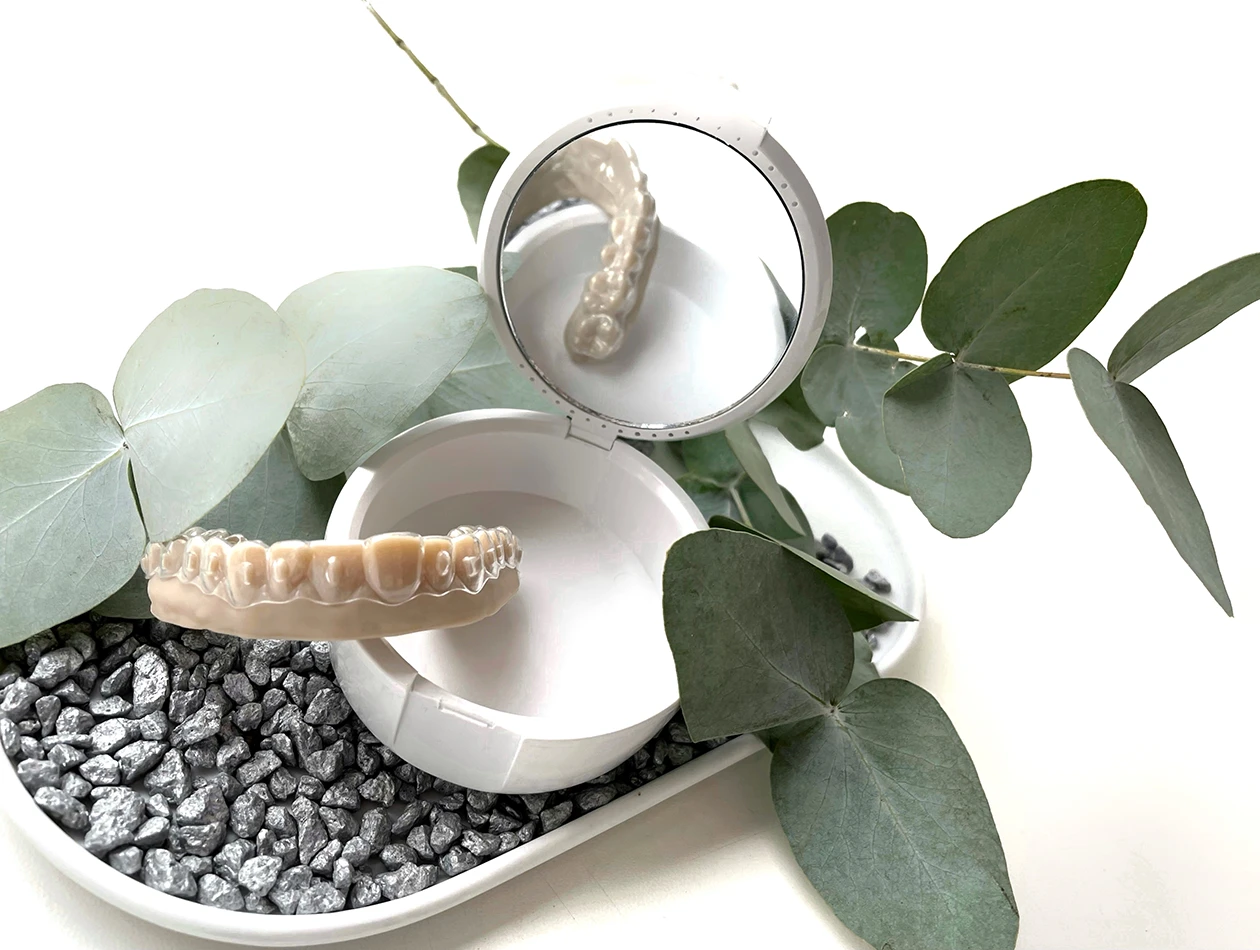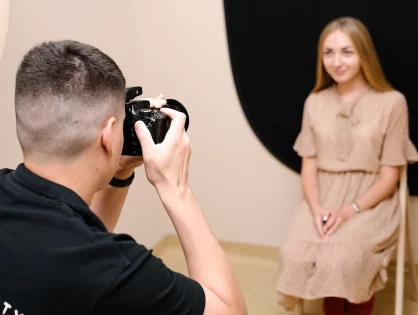Observations of dentists indicate that more than 70% of people (including children and adults) have problems with the bite, namely, violations of the dentition and anatomically correct ratio of the upper and lower jaws. Dentist-orthodontist is engaged in correction and treatment of this issue. Each method of correcting the position of the teeth has its own indications and contraindications, advantages and disadvantages. The most popular methods of bite correction are braces and aligners (orthodontic caps).
Reasons why bite adjustment is important?
If your teeth are not properly aligned, it leads not only to purely aesthetic problems, for example, difficulties in communicating with friends in childhood and adolescence or even difficulties in applying for a job, but also to physiological and psychological problems, such as:
- The load on the teeth and gums that occurs when chewing causes an acceleration of the abrasion of the tooth enamel, and the wrong position of the teeth leads to inflammatory gum diseases and an increase in the rate of tartar formation.
- Insufficient grinding of food causes diseases of the digestive system.
- An incorrect bite can lead to diseases of ENT organs and the respiratory system as a whole.
- Shifting the position of the temporomandibular joint contributes to headache, discomfort, crunch in the joint.
- Disturbance in the facial skeleton causes signs of premature aging of the face and impaired posture.
- Aesthetic deficiencies can cause depressive states and other psychological and mental disorders.
Timely detection and treatment of misaligned teeth helps to avoid these problems. Previously, this could be done only in childhood and adolescence, but with the appearance of braces and aligners, it is possible to effectively correct the bite in adulthood.
Indications and contraindications for bite correction
Bite correction is recommended for deviations from the anatomically correct closure of the jaws and teeth and for all types of bite disorders. In all cases, before the start of orthodontic treatment, the patient needs to undergo complete oral sanitation and, if necessary, consult an ENT-specialist.
Types of bite adjustment procedures
Modern dentistry offers to correct malocclusion with the help of removable (orthodontic plates, mouthguards) and non-removable (bracket system) orthodontic structures. In some clinical cases, a combination of types of designs or their sequence is used. In extremely complex clinical cases, methods of surgical treatment of orthodontic problems are recommended.
How is a malocclusion corrected using braces?
Bite correction occurs by fixing non-removable elements on the teeth and a special orthodontic bracket that combines them. All bracket systems consist of an arc and plates with locks that are fixed to the surface of the teeth. The arc is made of a strong but flexible material and is needed to create the future shape of the dentition, and periodic correction of locks and plates creates the necessary soft pressure on each tooth involved in fixing the bite.
According to the method of adjusting the pressure on the teeth, bracket systems are divided into ligature and self-regulating. The choice depends on the specific clinical case and the wishes of the patient.
After achieving the goal of treatment, the removal of the bracket system is performed. The period of treatment depends on the complexity of the disorder and the age of the patient. Usually, it is 1.5-2 years (the timing of treatment is determined individually).
After removing the braces to fix the result of treatment, a retainer is installed for the patient, or night caps are prescribed. To preserve the result of orthodontic treatment, you need to follow the doctor’s recommendations for the retention period to avoid recurrence of tooth displacement.
In what cases are braces installed?
- all types of malocclusion
- tooth position correction
- crowding of teeth
- the necessity to bring out to the planned position of a non-cut tooth within the dental arc
- preparation for prosthetics or implantation.
How is the bite corrected by aligners?
Aligners are transparent caps that are made of polycarbonate material. When wearing them, the effect on the dentition occurs due to the elasticity of the mouth guard itself, which presses on the dentition in the necessary places.
Aligners are constructed individually.
Approximately every two weeks, they need to be replaced. The number of caps can be different, and depends on the complexity of the bite problem in a particular patient. Caps should be worn 20–22 hours a day and be sure to clean regularly.
The period of treatment of malocclusion by aligners is different and depends on the age and complexity of the pathology. Usually, it is from 6 months to 1 year.
In what cases are aligners installed?
- incorrect arrangement of teeth
- incorrect ratio of upper and lower jaws
- crowding of teeth
- trims and diastems
- preparation for prosthetics/implantation.
Pros and cons of braces and aligners
| Advantages | Disadvantages | |
| Braces |
|
|
|
Aligners |
|
|
The method of bite correction should be selected personally for each patient and in accordance with a specific clinical case. When determining it, an experienced doctor considers not only medical indications, but also the characteristics of each specific clinical case and the wishes of the patient.




